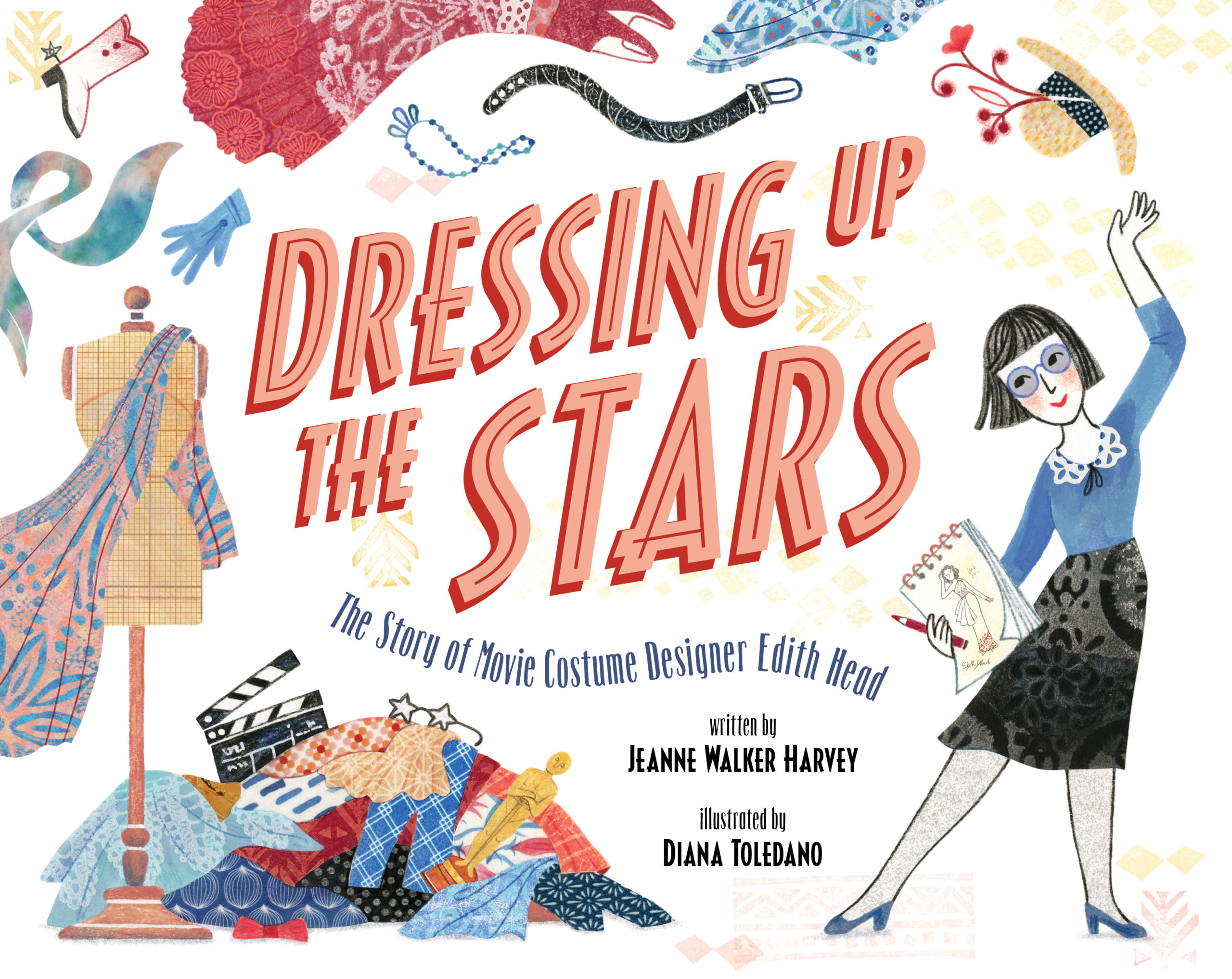
by Michele Kirichanskaya | Sep 28, 2022 | Blog
Jeanne Walker Harvey studied literature and psychology at Stanford University and has worn many job hats, ranging from being a roller coaster ride operator to an attorney, a middle school language arts teacher, and a long-time docent for school groups at the San...
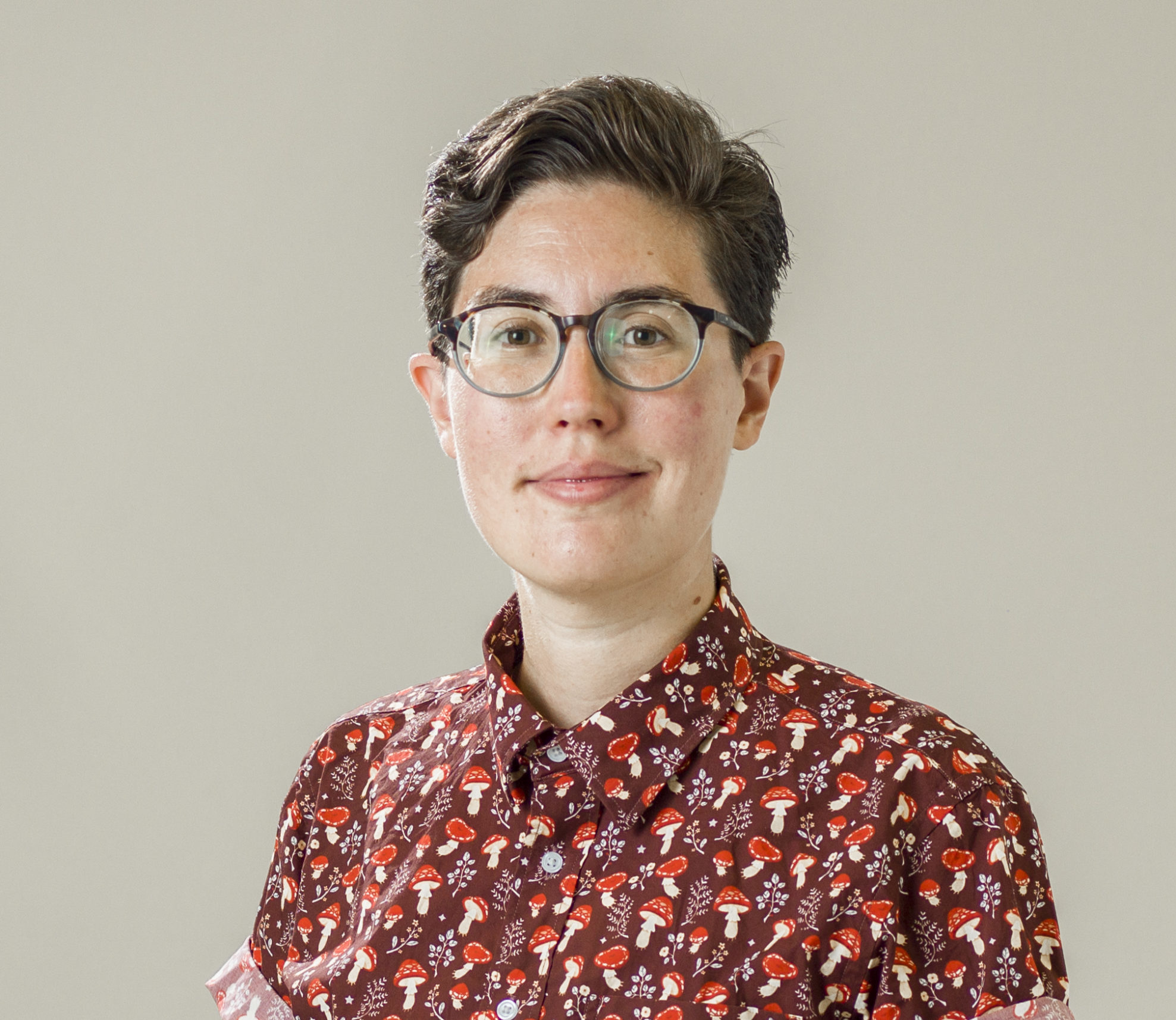
by Michele Kirichanskaya | Sep 26, 2022 | Blog
Blue Delliquanti lives in Minneapolis with a woman, a dog, and a cat. Since 2012, Blue has drawn and serialized the Prism Award-winning science fiction comic O Human Star at ohumanstar.com. Blue is also the co-creator of the graphic novel Meal (with Soleil Ho),...
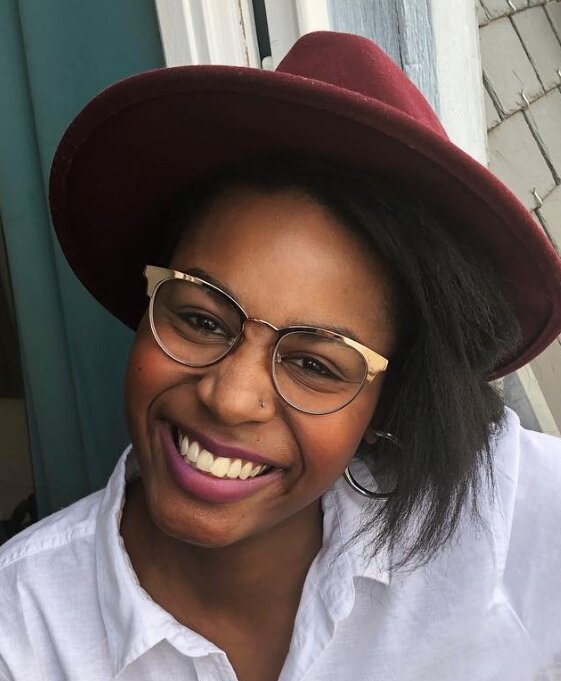
by Michele Kirichanskaya | Sep 24, 2022 | Blog
Patrice Caldwell is a graduate of Wellesley College and the founder of People of Color in Publishing—a grassroots organization dedicated to supporting, empowering, and uplifting racially and ethnically marginalized members of the book publishing industry. Born...
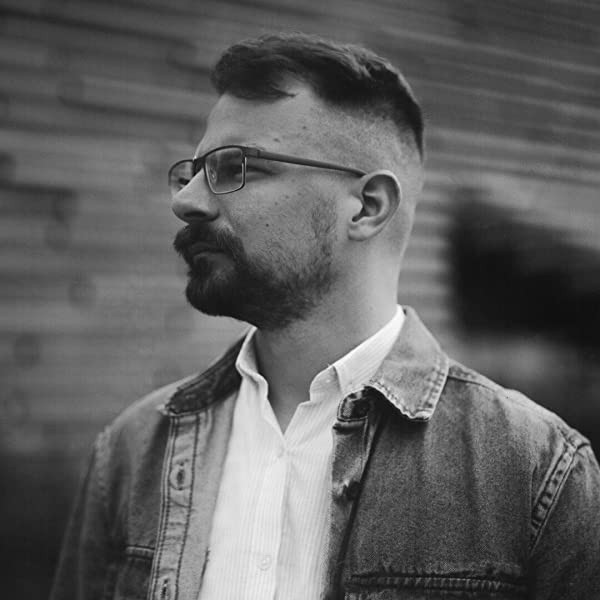
by Michele Kirichanskaya | Sep 21, 2022 | Blog
Balazs Lorinczi is a comic book creator and illustrator born in Hungary, now living in wonderfully gloomy Scotland. While he previously worked as an animator, illustrator and did smaller comic book projects, this is his first time creating a full-length graphic novel...
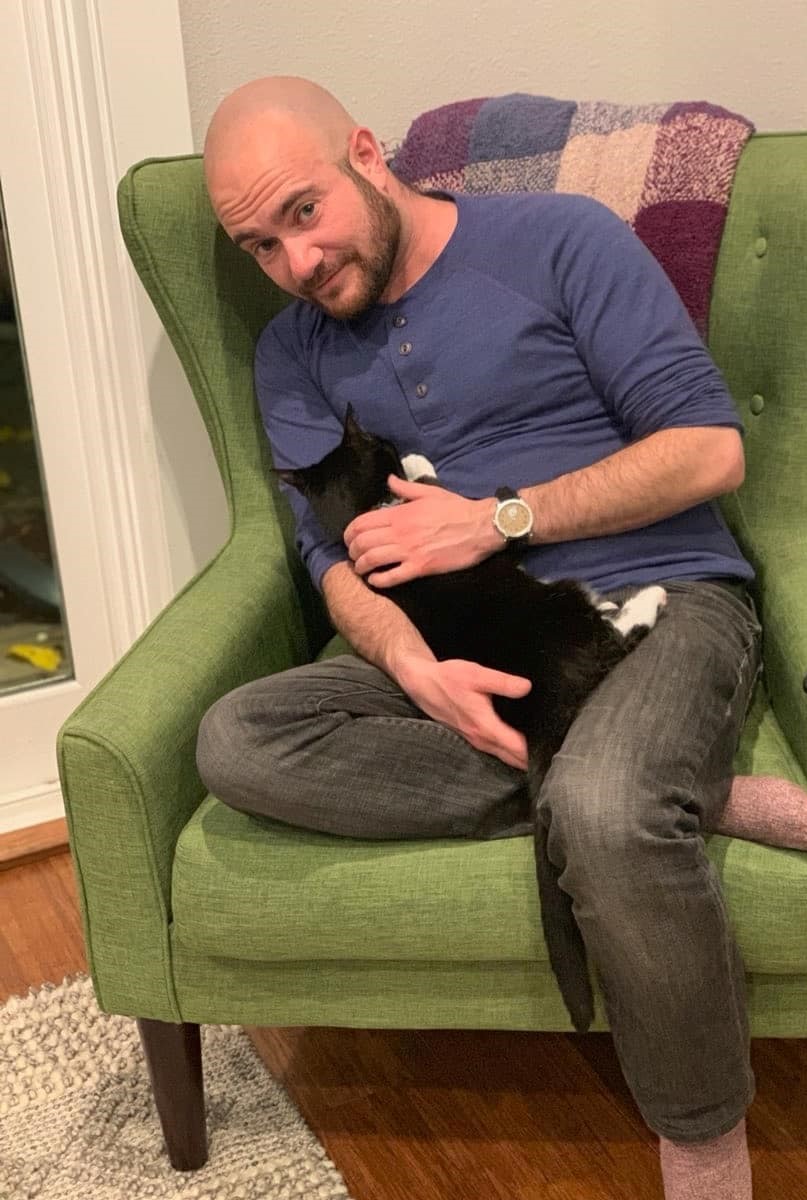
by Michele Kirichanskaya | Sep 16, 2022 | Blog
Kyle Lukoff is the author of many books for young readers. His debut middle-grade novel, Too Bright To See, received a Newbery Honor, the Stonewall award, and was a National Book Award finalist. His picture book When Aidan Became A Brother also won the Stonewall, and...






